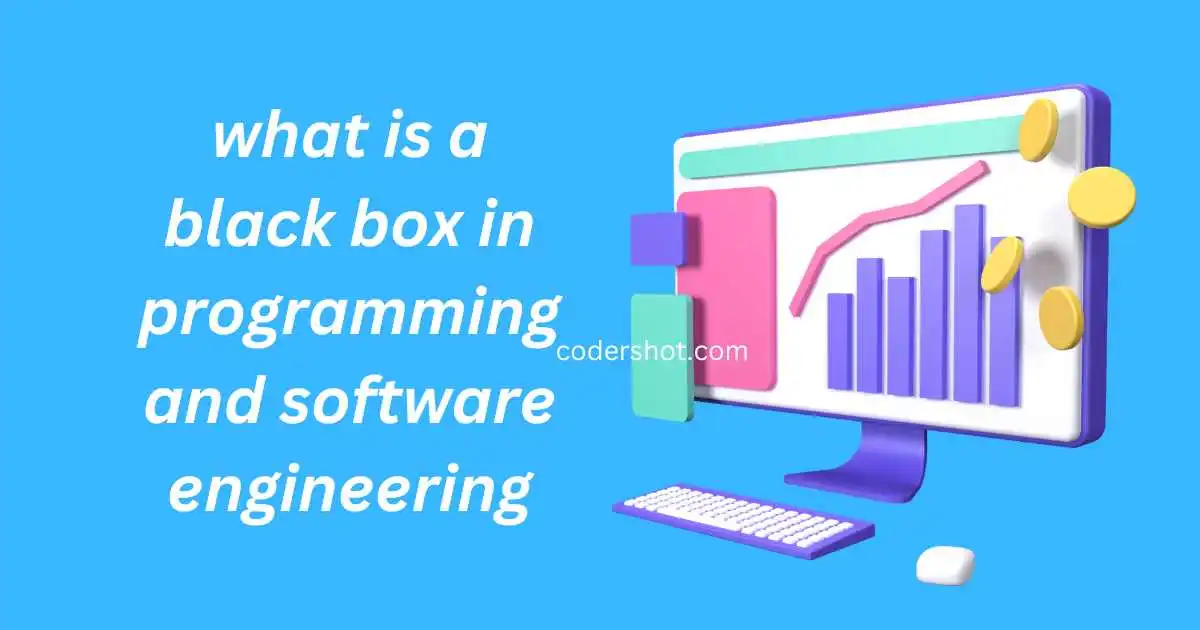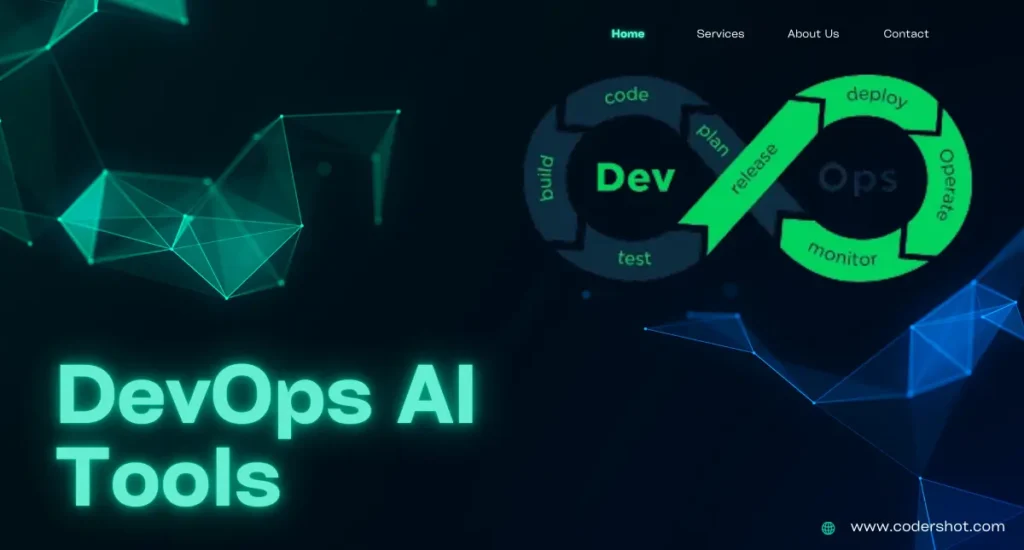The “black box” is a representation used in the occupations of programming and software engineering. This phrase describes a component or system whose inner workings are obscured or unknowable to the user. Understanding this idea is crucial because it affects how humans interact with and comprehend sophisticated software systems. In the article below, we will look into the inner workings of the black box and examine its importance, uses, and programming-related ramifications.
Table of Contents
ToggleDefining the Black Box
- The black box is a metaphorical representation of a software component or system.
- It can be interacted with or observed solely through its inputs and outputs.
- Users have no knowledge of its internal mechanisms.
- It encapsulates complex processes and algorithms within a self-contained unit.
- It shields users from unnecessary technical details.
- It promotes modularity and abstraction.
The Role of Black Boxes in Programming
- Black boxes are essential in programming and software engineering.
- They act as building blocks, concealing the complexity of internal operations.
- Black boxes provide a simplified interface for interaction with the system.
- They enable code reusability, maintainability, and scalability.
- Collaboration among software development teams is facilitated by black boxes.
- Well-defined interfaces and standardized protocols allow simultaneous work on different components.
- This promotes modularity and efficient division of labor.
- Faulty black boxes can be easily identified, isolated, and replaced without impacting the entire software system.
- The modular approach enhances system reliability.
Black boxes outside of the software
- Electronics: Black boxes can be found in various electronic devices, such as smartphones, televisions, or routers. These devices have internal components and circuits that are hidden from the user. Users interact with the device through input/output interfaces without needing to understand the underlying technical details.
- Transportation: In addition to flight data recorders in aviation, black boxes are used in other forms of transportation as well. For example, in automobiles, event data recorders (EDRs) or “car black boxes” capture and store information about vehicle speed, engine performance, braking, and other relevant data in case of accidents or incidents.
- Finance: In financial markets, high-frequency trading algorithms often operate as black boxes. These algorithms execute trades based on complex mathematical models and strategies, but their internal workings are not typically disclosed. Traders and investors interact with the system by sending orders and receiving executed trades, while the details of the algorithmic decision-making process remain hidden.
- Healthcare: Medical devices or diagnostic equipment may contain black box components. For instance, an MRI machine performs complex scans and generates images, but the detailed mechanisms and algorithms used to process the data and produce the images are often not accessible to the operator or patient.
- Social Sciences: In social sciences, black box models are used to analyze complex systems like economies or human behavior. These models provide predictions or outcomes without explicitly revealing the underlying dynamics or processes that generate them.
Read also:- Before Programmers Decide Which Programming Language To Use: A Comprehensive Guide [2023]
Applications of Black Boxes
Black boxes find applications in various domains within programming and software engineering. Let’s explore a few notable examples:
- Application Programming Interfaces (APIs): APIs are collections of commands, instructions, and protocols that enable interaction between various software programs. APIs are often implemented as black boxes, shielding developers from the intricacies of the underlying systems and providing a simplified interface for integration.
- Machine Learning Models: In the field of data science and artificial intelligence, machine learning models are frequently treated as black boxes. These models are trained on vast amounts of data to make accurate predictions or classifications, but the internal workings are often highly complex. Developers interact with these models by providing inputs and receiving outputs, without needing to understand the intricate algorithms at play.
- Third-Party Libraries and Frameworks: Software developers rely on third-party libraries and frameworks to expedite development and leverage existing solutions. These libraries often function as black boxes, encapsulating complex functionality within a simple interface, enabling developers to focus on their specific requirements rather than the underlying implementation details.
Implications and Challenges
While black boxes offer numerous benefits, they also introduce certain challenges and considerations:
- Limited Visibility: The lack of transparency into the internal workings of black boxes can make it challenging to troubleshoot issues or optimize their performance. It becomes crucial for developers to rely on well-documented interfaces, clear documentation, and robust error handling to overcome these challenges.
- Security Concerns: As black boxes encapsulate critical functionality, it is essential to ensure their security and integrity. Relying on third-party black boxes without proper scrutiny can introduce vulnerabilities into the system. It is crucial to thoroughly vet and review the security practices of any black box component used within a software system.
- Vendor Lock-In: The use of proprietary black boxes can sometimes lead to vendor lock-in, limiting flexibility and hindering system evolution. It is important to carefully evaluate the long-term implications and dependencies associated with using specific black box solutions within a software system.
Opinion on the article:
The article provides a concise overview of the different domains where black boxes are prevalent outside of software. It effectively highlights the presence of black boxes in various areas, such as electronics, transportation, finance, healthcare, and social sciences. The examples given in each domain demonstrate how black boxes play a significant role in hiding complex internal operations while allowing users to interact with the systems through simplified interfaces.
In the electronics domain, the article rightly points out that devices like smartphones, televisions, and routers contain black boxes, shielding users from technical intricacies and enabling them to interact effortlessly.
The mention of transportation highlights the use of black boxes beyond aviation, such as event data recorders (EDRs) in automobiles. This technology captures and stores important vehicle data, ensuring valuable information is available in case of accidents or incidents.
The inclusion of finance emphasizes the presence of black boxes in high-frequency trading algorithms. The article accurately describes how these algorithms execute trades based on complex models while keeping the inner workings hidden from traders and investors.
The discussion of black boxes in healthcare focuses on medical devices like MRI machines, clarifying that while they generate valuable scans and images, the specific algorithms and mechanisms involved are often inaccessible to the operator or patient.
Lastly, the article mentions the application of black box models in social sciences, acknowledging their usefulness in analyzing complex systems like economies and human behavior. It correctly emphasizes that these models offer predictions or outcomes without explicitly revealing the underlying processes that generate them.
Overall, the article provides a clear and informative account of the presence and significance of black boxes in various domains. It effectively conveys how black boxes simplify interactions, ensure data availability, and allow for complex analysis, all while concealing internal operations.








